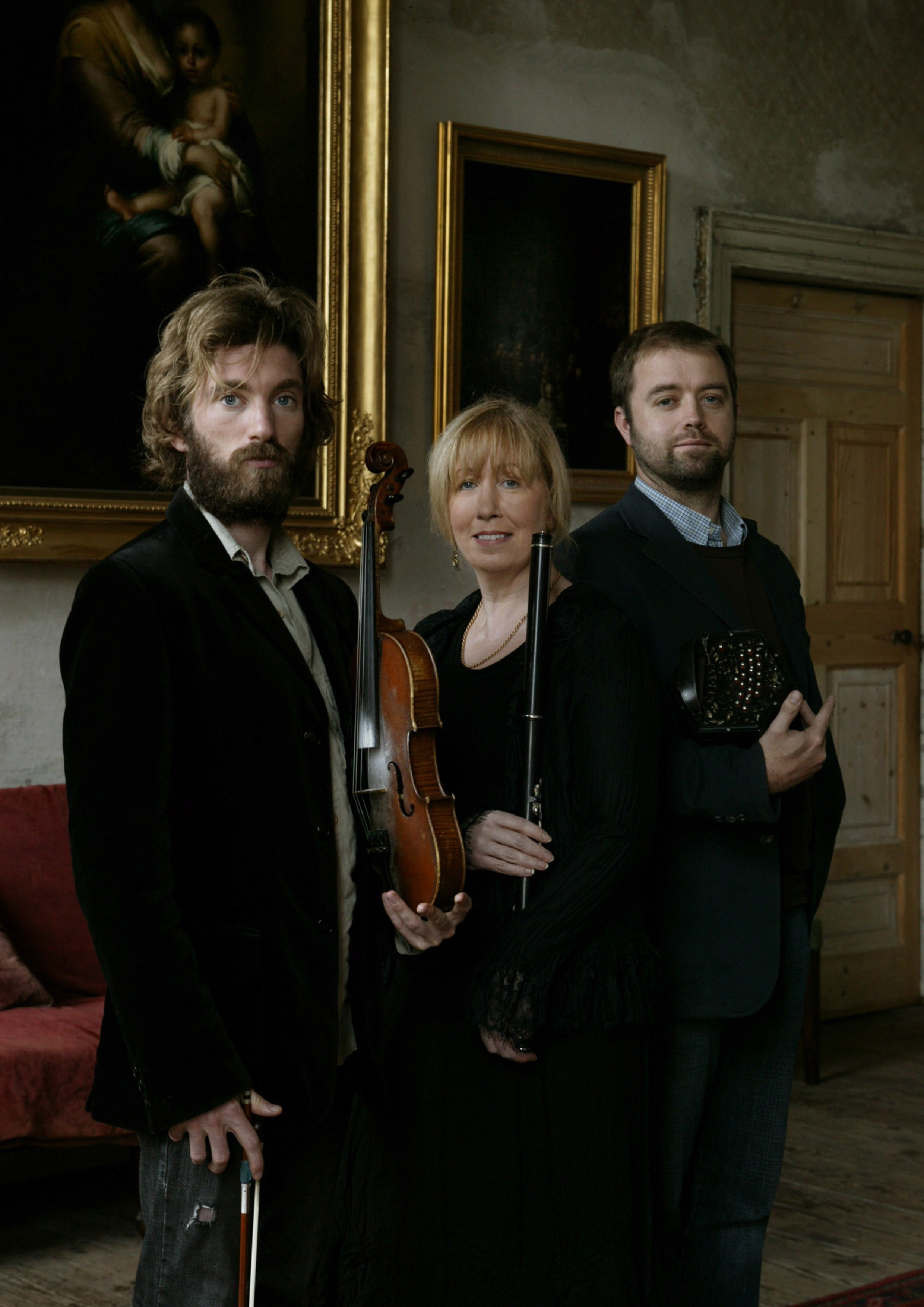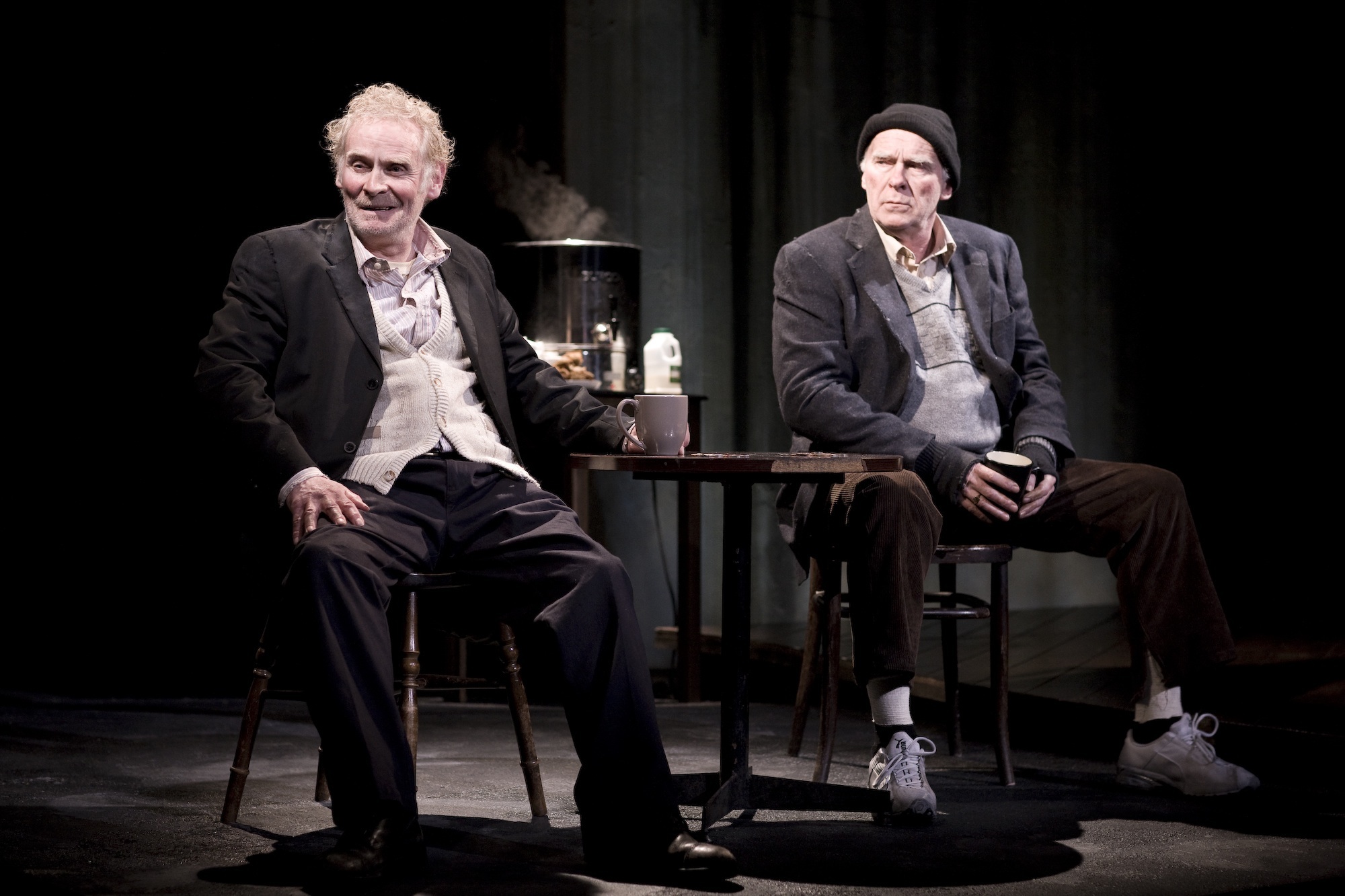Foilsíodh an t-alt seo i bhFoinse i mí na Samhna, 2007.
Tamall ó shin, scríobh Anne Enright léirmheas ar an leabhar is déanaí ó Edna O’Brien, The Light of Evening. Scríobh Enright gurbh í Edna O’Brien an chéad bhean Éireannach riamh a raibh gnéas aici – roimhe sin, ní raibh ag mná na hÉireann ach páistí.
Inniu is doiligh linn a chreidbheáil gur chuir leabhair ar nós The Country Girls, The Lonely Girl (nó Girl with Green Eyes mar a tugadh níos maille air) agus Girls in Their Married Bliss alltacht ar an tír sna 1960í luatha.
Tír a bhí faoi smacht na hEaglaise Caitlicí, tír an-choimeádach, tír arbh fhearr lei an rún ná an oscailteacht, an bhréag in áit na fírinne a bhí ann agus seo an timpeallacht inar fhás Edna O’Brien aníos i dTuaim Gréine in oirthear an Chláir.
Is furasta dearmad a dhéanamh fosta go raibh O’Brien 30 bliain d’aois nuair a scríobh sí a céad leabhar The Country Girls i 1960. Níor gearrchaile ar bith í ach bean a bhí ina ceimicí sular thosaigh sí ag scríobh.
Ag an am, bhí O’Brien pósta ar fhear as Czechoslovakia mar a tugadh air ag an am, scríbhneoir cumannach darbh ainm Ernest Gebler. Bhí beirt pháiste acu ach i ndiaidh iad scaradh i 1964, thóg Edna an bheirt ghasúr lei féin. Bhí a tuismitheoirí go dubh in éadan an phósta ón tús, a máthair ach go háirithe.
Deir Edna gur bean í a máthair a raibh an dúfhuath aici ar an fhocal scríofa agus a bhí náirithe ag ceird a hiníne, go háirithe nuair a thosaigh tuatach agus cléir ag maslú a chéad leabhair. Leoga, dódh moll mór The Country Girls ag teach an phobail ina sráidbhaile dúchais.
“Dóú deasghnách a bhí acu – deir siad anois nar tharla sé ach tharla – ar thailte theach an phobail,” arsa Edna. “Dúirt mo mháthair liom cad a tharla agus rith gach mothúchán fríd mo chorp – eagla, náire, iontas ina measc.
“‘Thit mná i laige, Edna,” ar sí agus uafás ina glór.
“B’fhéidir gurbh í toit na móna ba chúis leis sin,” a deirinn mé, freagra nár thaitin le mo mháthair ar chor ar bith ach sílim gur fearr greann a dhéanamh nuair atá duine feargach leat.
Scríobh Edna The Country Girls taobh istigh de thrí seachtainí – glacann sé trí bliana anois, a deir sí – ach caithfidh go raibh a fhios aici go mbeadh rí-rá ann agus go gcuirfí cosc ar an leabhar. Ag an am sin, a mhínigh sí, má shíl triúir duine go raibh leabhar graosta nó ar dhóigh ar bith eile do-ghlactha, chuirfí cosc air. Nár thuig sí sin agus í i mbun The Country Girls?
“Do scríbhneoir ar bith, nó do dhuine ar bith cruthaíoch, nó do lucht aislinge féin, má bhíonn tú ag smaoineamh ar dhaoine eile, ar cad a shílfidh siad fút nó fá do shaothair, tá tú críochnaithe,” ar sí. “Is cuimhin liom gur dhúirt cara liom, Philip Roth: “Cé hé an léitheoir foirfe? Cé a léann leabhair mar ba mhian leis an scríbhneoir go léifí iad?”
Má bhí Edna beag beann ar fhearg naofa mhuintir an Chláir, bhí stoirm ag séideadh thart uirthi. “Fuair mé litir ón bhean rialta a bhí ina múinteoir sa scoil ina raibh mé – d’aithin mé an scríbhneoireacht ar an toirt agus fanfaidh a súile dorcha i mo chuimhne go deo – ach scríobh sí sa litir: “We are giving credence an open mind, but we believe you have written a novel.”
“Bhuel, ba beag oscailteacht aigne a léirigh siad agus roinnt mhaith blianta ina dhiaidh, bhuail mé le cailín a bhí sa scoil chéanna agus dúirt sí liom: ‘An bhfuil a fhios agat, gach uile thráthnóna dúirt muid an paidrín ar do shon.’
“Dúirt mé lei: ‘Bhuel, an ndearna sé aon mhaith dom?’
“Cúpla bliain eile ina dhiaidh sin, chuir duine eile leabhar chugam, beathaisnéis Archbishop McQuaid agus léigh mé ann an comhfhreagras fá The Country Girls idir an tArdeaspag, Aire an chultúir ag an am, Charles Haughey agus Ardeaspag Westminster agus iad ag aontú d’aonghuth, ba í an ola ar a gcroí acu é, nár cheart go mbeadh an leabhar seo i dteach ar bith Críostaí sa tír.
“Inniu, níl na húdaráis ag cur cosc ar leabhair ar bith, ach tógann sé sin an cheist, an léann siad leabhair anois ar chor ar bith?” Tá an caidreamh atá ag O’Brien lena tír dhúchais casta. Shilfeá go mbeadh an dearg-ghráin aici ar a bhfuil ar an oileán iathghlas seo ach dalta duine a tógadh san fhasach, tugann siad a luach don uisce. Nó mar a dúirt sí féin:
“Tá mé iontach sásta gur tháinig mé as áit measartha Dia-thréigthe – b’fhéidir gur Tidy Town na bliana atá anois ann – ach tá mé sásta nach raibh mé millte ag saol ar dhóigh ar bith cultúrtha nó liteartha. Ba é an tírdhreach agus na scéalta a chuala muid nó a leathchuala muid fán aimsir anallód cultúr s’againn. I bhfoisceacht don teach inar tógadh mé, teach a mbím ag brionglóidigh faoi go han-mhinic go fóill féin – bhí coill ann, áit dhorcha, áit mhiotasach agus coinním cuimhne ar sin fosta mar caitheann muid na rudaí a chothaíonn muid a chaomhnú.
“Ó mo thaobh féin de, ag fás aníos faoin tuath agus gaoth, geataí ag dioscadh, fearthainn, bóithríní, locha a raibh finscéalta ceangailte le gach ceann acu, shíolraigh sé sin tnúth ionam le rud éigin níos uileghabhálaí ná an saol a bhí a cleachtadh againn.”
Faigheann Edna an “rud éigin níos uileghabhálaí” sin fríd an léitheoireacht, gníomh thar a bheith pearsanta agus príobháideach ach gníomh a shaibhríonn an léitheoir, conradh dofheicthe idir an léitheoir agus an scríbhneoir, dar lei.
“Cad é thugann an léitheoireacht dom?” a d’fhiafraigh sí di féin. “Dúirt TS Eliot tráth: ‘Humankind cannot bear too much reality.” Agus tugann an litríocht réadúlacht dom ach méadaíonn sé é, saibhríonn sé é, tugann sé scóp dó.”
B’fhéidir go raibh ráiteas Eliot in intinn O’Brien nuair a scríobh sí In The Forest, úrscéal bunaithe ar dhúnmharaithe Imelda Riney, a mac trí bliana d’aois, Liam, agus an sagart Father Joseph Walsh, a bhfuarthas a gcoirp sa choill in aice leis an áit inar tógadh O’Brien.
Fuarthas Brendan O’Donnell ciontach as na dúnmharaithe ach chuir sé lámh lena bhás féin agus é ag caitheamh príosúnacht saoil i gcarchair. Chuir an leabhar isteach go mór ar dhaoine a chreid nár ceart an t-uafás a athchruthú in úrscéal ach ní dhéanann O’Brien leithscéal.
“Níor ghlac mé an cinneadh go furasta an leabhar a scríobh,” ar sí. Shiúil sí an ceantar inar tharla na dúnmharaithe le “dul isteach in intinn an dúnmharfóra.”
“Ní raibh sé furasta agus bhí sé trom ar an intinn agus ar na mothúcháin ach sin a choinníonn ag dul mé,” ar sí. Measann Edna ar ndóigh nach bhfuil mórán gnéis ina cuid leabhar ar chor ar bith agus nach raibh an ceart ag Ann Enright ach ag deireadh an léirmheasa, dúirt buaiteoir an Duais Booker Man nárbh é an gnéas a bhí i leabhair O’Brien ach ionracas.
Tá O’Brien breá sásta sin a chluinstin.
“Tá fuath agam ar an mhí-ionracas,” ar sí. “Na leabhair a bhogann mé, a léim arís agus arís eile, is leabhair iad a phléascann an cleas éalaithe. Tugann siad mé chuig croí éigin, chuig an áit is doimhne a dtig leis na carachtair sin nó an scéal sin mé a thabhairt.
“Faighim litreacha ó strainséirí agus bunús na strainséirí seo, tá siad i “heightened state” de chineál éigin – tá bás sa chlann acu, tá tinneas nó eagla orthu, tá siad ar an imirce – agus tá a fhios agam go mbeadh uaigneas orm – níl mé a rá nach mbíonn uaigneas orm – ach ba mhó an t-uaigneas a bheadh orm mura raibh leabhair le léamh agus le athléamh agam.
“Déanann sé cúpla rud – is siamsaíocht í, cuireann sé faoi dhraíocht mé, athraíonn sé an dóigh a mbím ag smaoineamh, ach an rud is tábhachtaí a dhéanann sé ná go ndéanann sé teagmháil leis an rud ar a thabharfaidh mé – ceal focail eile – an t-anam.”
Bhí O’Brien i mBéal Feirste d’ócáid a reáchtáil Comhairle Ealaíon Thuaisceart Éireann, imeacht dar teideal Art at the Heart, imeacht lae ar théama “socially and politically engaged art” agus mheas sí go raibh a raibh i láthair ag iarraidh an rud céanna a dhéanamh, an t-anam a spreagadh in aois ina bhfuil an litríocht ar an taobhlíne.
Tá O’Brien ina cónaí i Londan le corradh le 40 bliain anois, scoite ó Éirinn ar bhonn tíreolaíochta ach deir sí mar scribhneoir go bhfuil tuigbheáil aici ar a bhfuil ag titim amach sa tír.
Cibé, is tír í Éire an lae inniú nach n-aithneodh Caithleen Brady agus Baba Brennan, The Country Girls.








